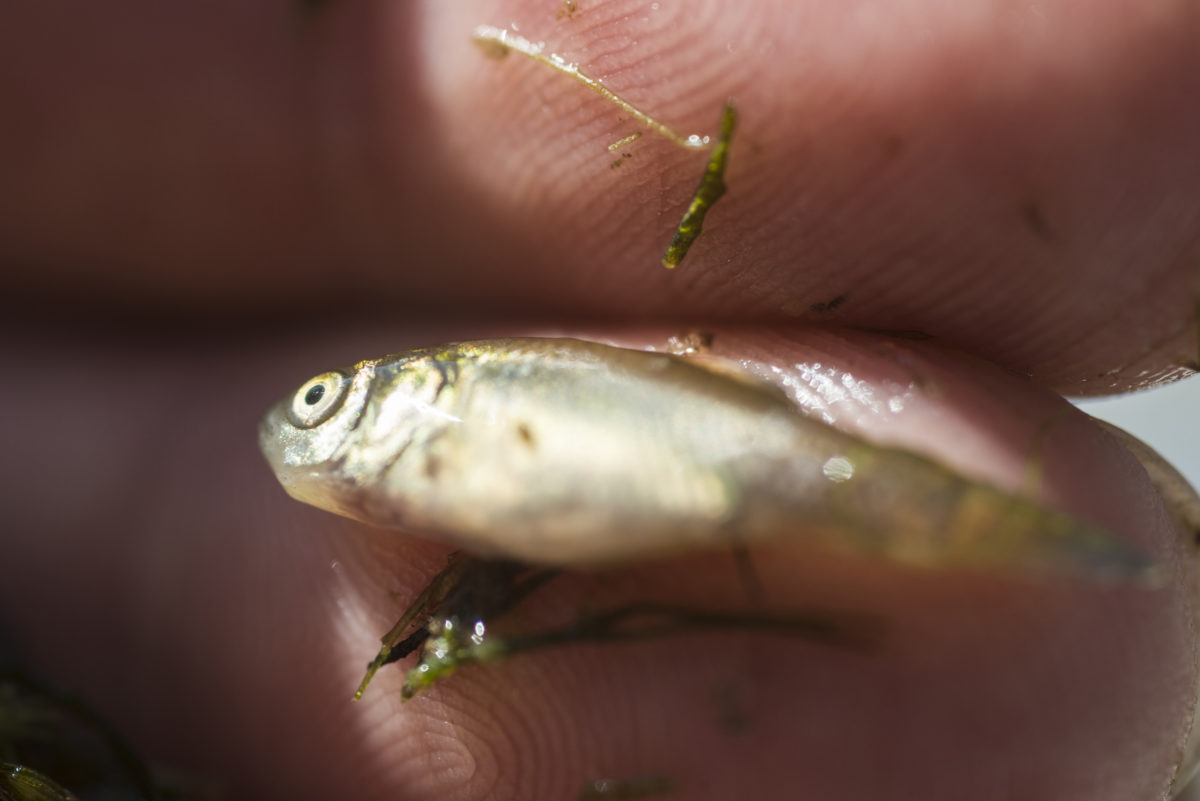OSCAR students Lisa McAnulty and Tabitha King talks about their summer 2017 research. Led by principal investigators Amy Fowler and Kim de Mutsert, the Summer Team Project looked at the effects of micropollutants on the Potomac River watershed. Projects were funded by the Students as Scholars at Mason as well as the Patriot Green Fund, and the videos were produced by graduate student, Chelsea Gray, thanks to the Virginia Sea Grant.
Tag: College of Science
Categories
Are We Effecting Fishes’ Hormones?

Categories


